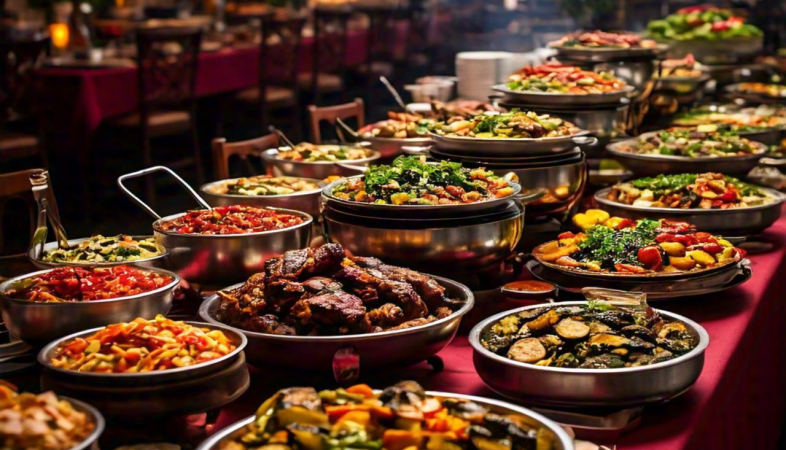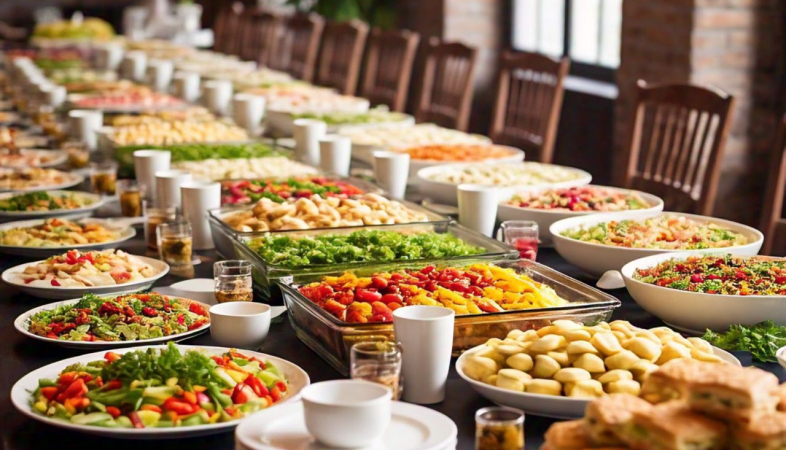SHARE
Commercials
More Posts
Jun 13, 2025
Rajwadi Dhokli - By Chef Lallan Kumar
Jul 26, 2025
Handling Difficult Clients in the Catering Business
Feb 19, 2025
Dhokla Chicken Tikka Sandwich - By Chef Hardev Singh
Jun 13, 2025
Rajwadi Dhokli - By Chef Lallan Kumar
Jul 26, 2025
Handling Difficult Clients in the Catering Business
Feb 19, 2025
.png)








.jpg)



















